Valencia de Alcántara Dolmens
One of Europe's largest groups of dolmens remains largely off the typical tourist track.
Spread over a wide area along the border of Portugal, this megalithic complex consists of more than 40 dolmens, or antas, as they are referred to in the area. The most famous of the dolmens is the so-called “El Mellizo” in the little village of Aceña de la Borrega
This megalithic area is among the largest in Europe. The stone structures are funerary constructions from the Neolithic and Chalcolithic periods, which spanned between the third and fourth millennium BC. At the site, archaeologists have found individual and group burials, as well as funerary goods such as ceramics, ornaments, arrowheads, axes, carvings, and anthropomorphic idols.
The dolmens were built usually of granite, although depending on the area, you can find slate structures. In more modern times, the dolmens have served as a refuge for farmers during stormy weather and even as a shelter for livestock. In the past, some of the dolmens were dismantled and repurposed as building materials, while others were marred by vandalism. Fortunately, quite a few of them remained in tact, and now all the dolmens are protected.
Know Before You Go
Valencia de Alcántara is a little town in western Spain, 6.8 miles to the Portuguese border and 58 miles from Cáceres by the road N-521.
All the routes are signposted, but it is sometimes still difficult to find some dolmens. There are several routes to visit the dolmens, but three of them are the main tours.
The Zafras route is situated immediately before you arrive in the town by the road N-521, to the left. You'll find the Tapada del Anta route when heading from Valencia from Alcantara—where the city ends, a narrower road goes to the right and then takes the road CCV-107, where you have to drive for about two miles on an unpaved road. The Los Mellizos route is also in the direction of Portugal by the N-521, though you take the road CC-112 to Alcorneo.
Plan Your Trip
The Atlas Obscura Podcast is Back!



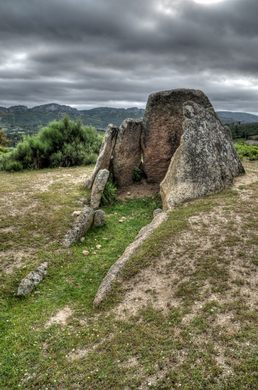
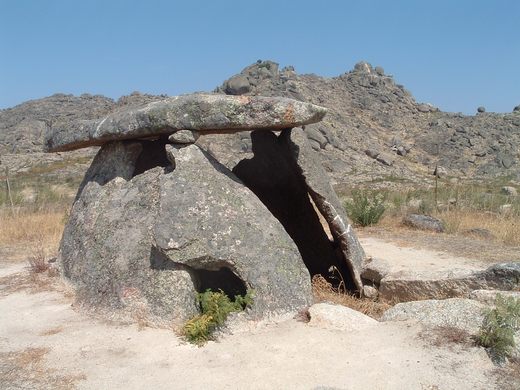




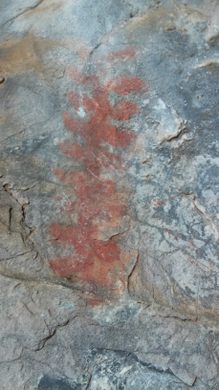




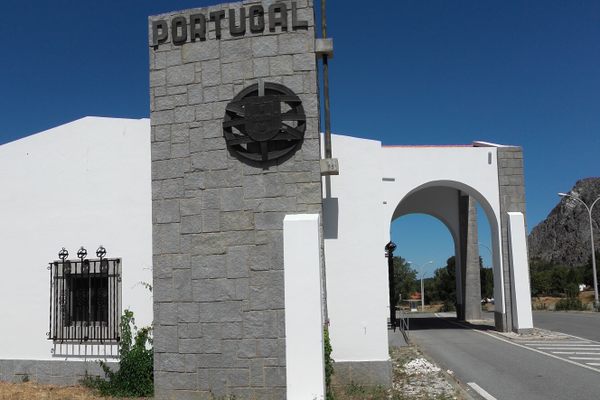

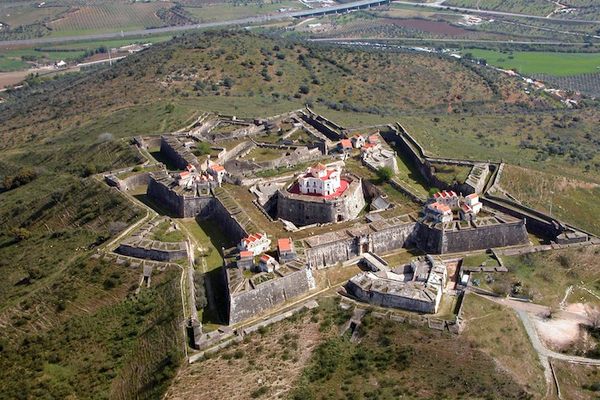

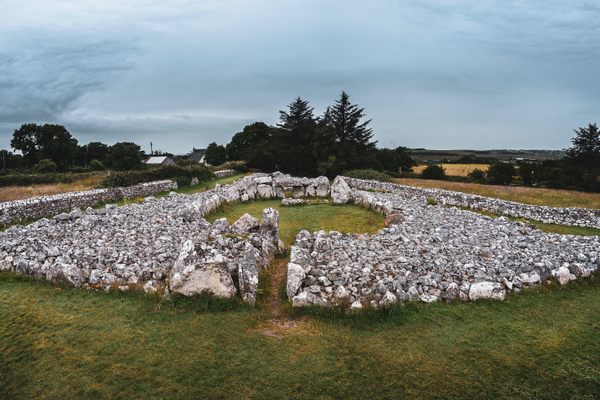




Follow us on Twitter to get the latest on the world's hidden wonders.
Like us on Facebook to get the latest on the world's hidden wonders.
Follow us on Twitter Like us on Facebook